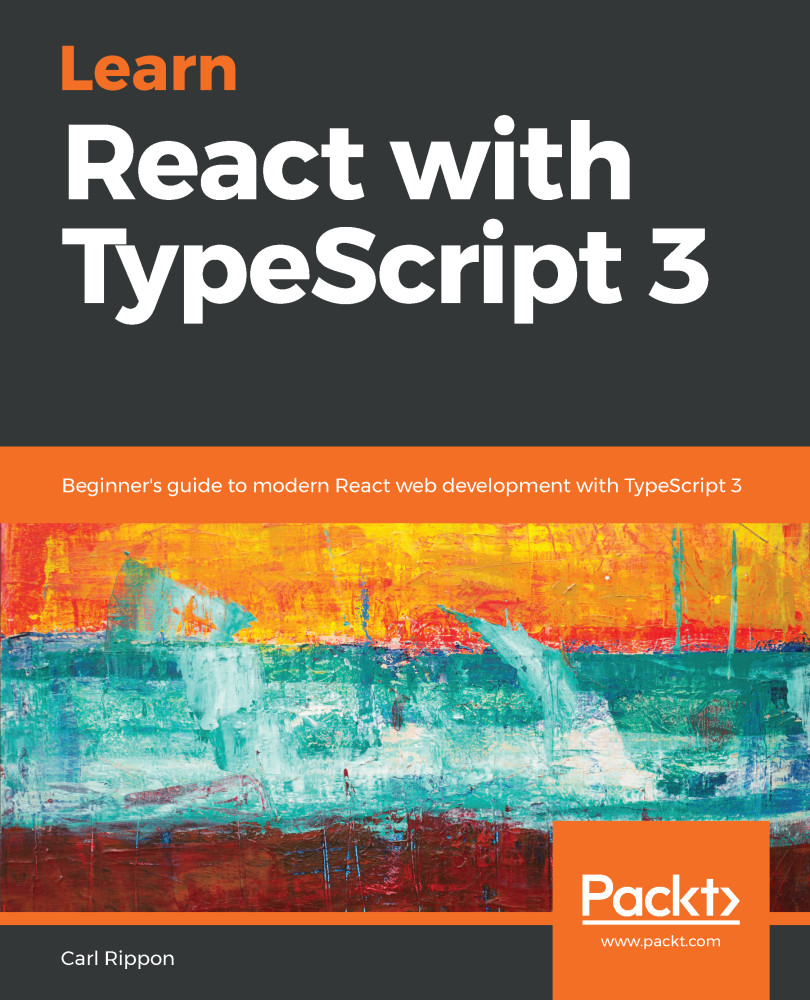So far in this book, we have managed state within our React components. We've also used React context when state needs to be shared between different components. This approach works well for many applications. React Redux helps us to robustly handle complex state scenarios. It shines when user interactions result in several changes to state, perhaps some that are conditional, and particularly when the interaction results in web service calls. It's also great when there is lots of shared state across the application.
We are going to continue building our React shop in this chapter, adding React Redux to help us manage our state interactions. We'll eventually add a basket summary component in the header of our shop, which informs the user of how many items are in their basket. Redux will help us update this component when items are added to the basket...


